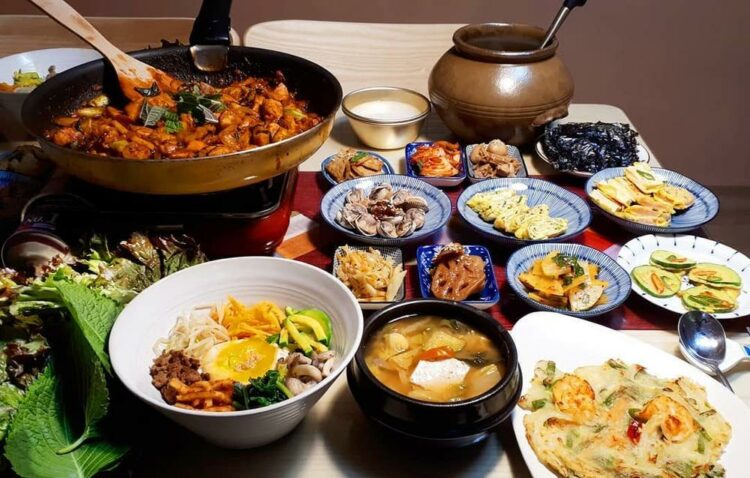With the great popularity of “Squid Games”, interest in Korean culture has increased considerably. But South Korea doesn’t just offer quality series (albeit a bit gory), it’s also home to one of the best cuisines in the world.
Today, we’re going to dive into the history, main characteristics, and some of the key ingredients used in Korean cuisine
Origin and Influences of Korean Cuisine
Despite its proximity to China, Korean cuisine has managed to develop in a completely different direction from Chinese cuisine due to local constraints.
For example, in China, frying and marinating were the most commonly used methods to reduce water content to preserve food. However, the limited production of cooking oils in Korea led to the development of the fermentation process for food preservation.
Well, they still have many dishes that are strongly inspired by Chinese cuisine, such as tangsuyuk
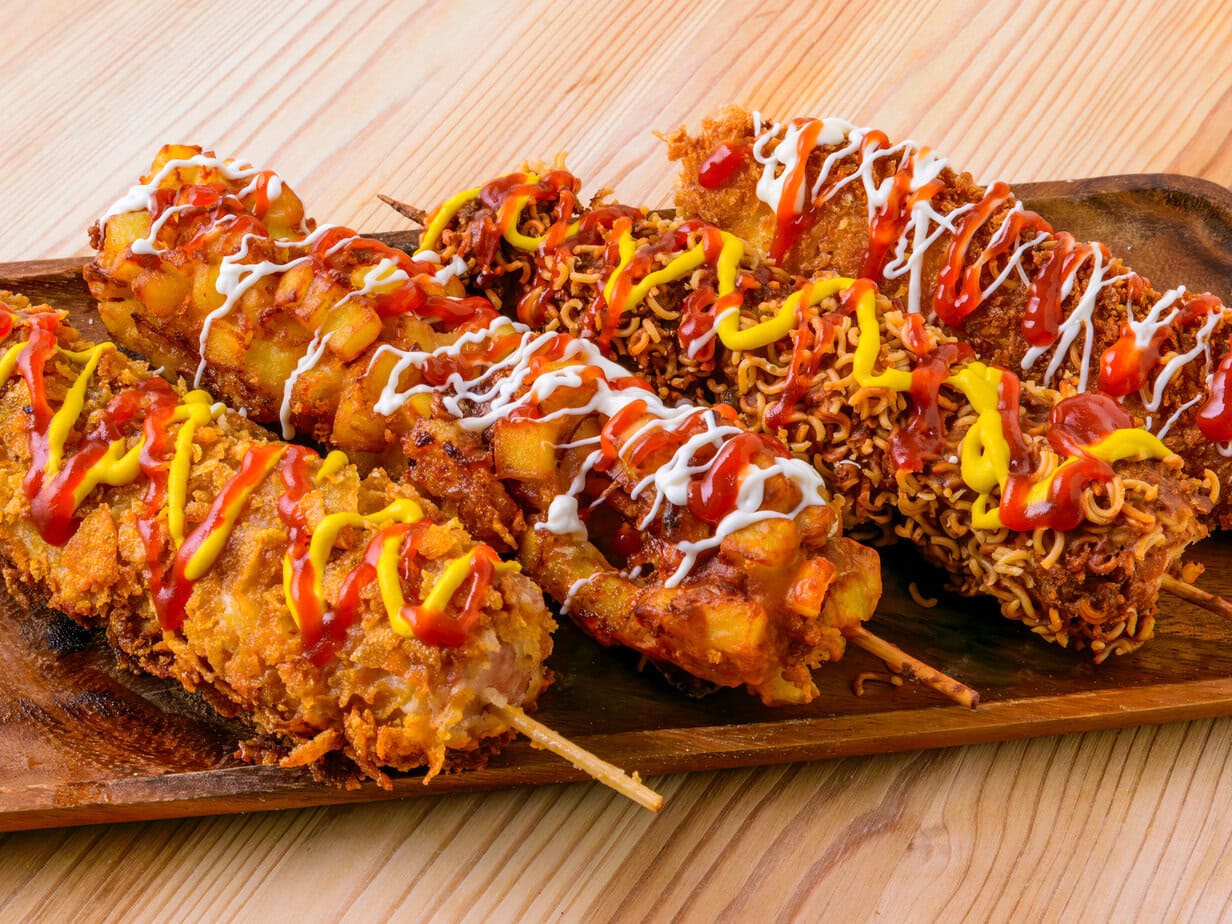
Although milk is usually the main ingredient in fermented products, such as cheese and yogurt, in countries with a strong cereal industry like Korea, the main ingredients used to create fermented foods were grains and vegetables.

This was due to their sedentary lifestyle and focus on agriculture. Korean cuisine therefore developed from the need to preserve food during the hot summer and long, harsh winter of the Korean peninsula, which are unusual for neighboring countries. In this environment, salted beans, fish, and vegetables were preserved through fermentation.
Koreans began making various “jang” (fermented soybean products), including kanjang (soy sauce), doenjang (soybean paste), and gochujang (red chili paste, which I’ll tell you more about in detail) and various types of kimchi with vegetables.
Japan introduced maki/sushi in the form of kimbap or even udon noodles

Most Commonly Used Ingredients in Korean Cuisine
Kimchi
Whenever you eat Korean food, there will always be one side dish you’ll see: Kimchi! It’s also stir-fried in Korean tuna rice
This fermented dish is essential in Korean cuisine, and for good reason: Not only is it delicious, but kimchi has multiple benefits: it provides healthy probiotics, vitamins A and C, and a multitude of essential minerals.
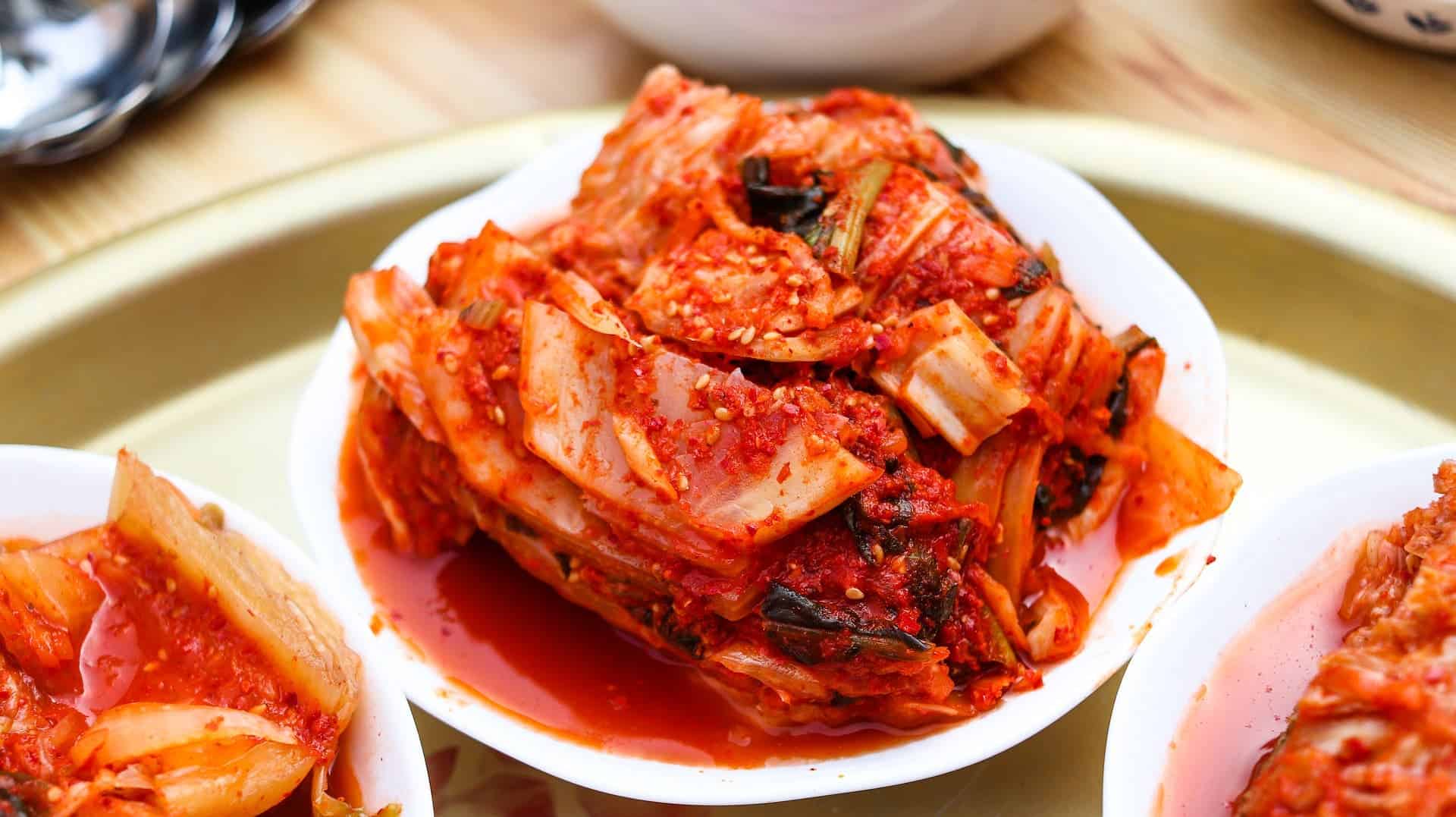
The first thing people think of when you say kimchi is traditional napa cabbage (Chinese cabbage) kimchi. It’s the most widely produced form of kimchi, but there are many other varieties.
Some types of kimchi include: cucumber, radish, mustard leaf, … The type of kimchi served will depend on the main dish you’ve ordered. Cucumber kimchi, for example, is usually associated with stews and soups. Discover my kimchi recipe here. It can also be used as the main element of a dish like for homemade kimchi jjigae
Gochujang/gochugaru
Most Korean cuisine is centered around this small red chili. When this chili is sun-dried, it’s ground to make gochugaru (Korean chili powder), which is commonly used in making stews, side dishes, kimchi, and gochujang. It’s moderately spicy but has a very pleasant sweet note.

When gochugaru is mixed with fermented soy, glutinous rice, and salt, it makes gochujang. It is traditionally made in earthenware pots where it ferments for months and months.
If you plan to cook Korean food, these two ingredients are irreplaceable, so make sure to have them in your pantry! Without them, it’s impossible to make most Korean cuisine recipes. (Did someone say Korean chicken wings or Korean chicken tenders?) The famous Korean barbecue dish with Jeyuk Bokkeum or samgyeopsal is a good example.
To learn more, check out my complete article on gochujang.
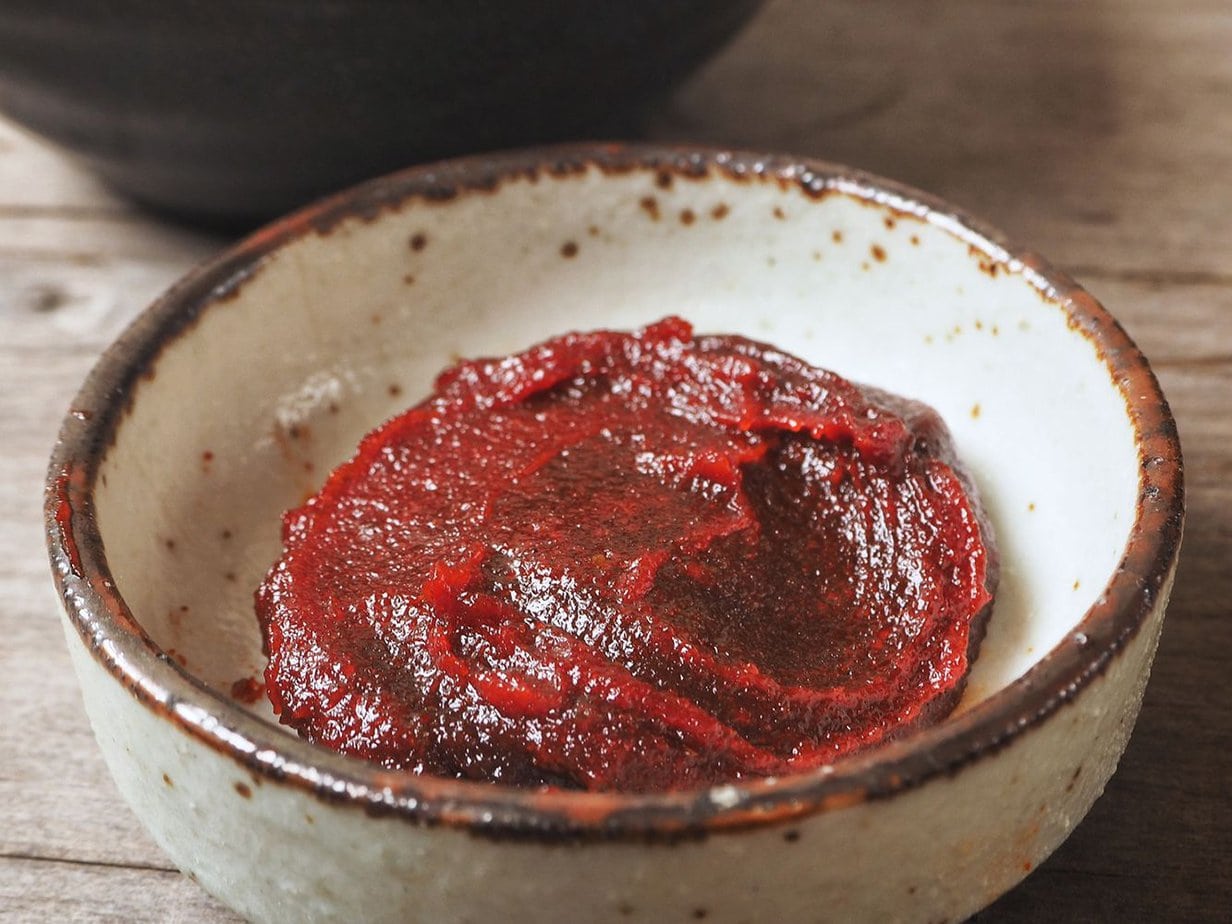
Tteokbokki is another dish where gochujang is the main spice, come discover my Korean tteokbokki recipe here.
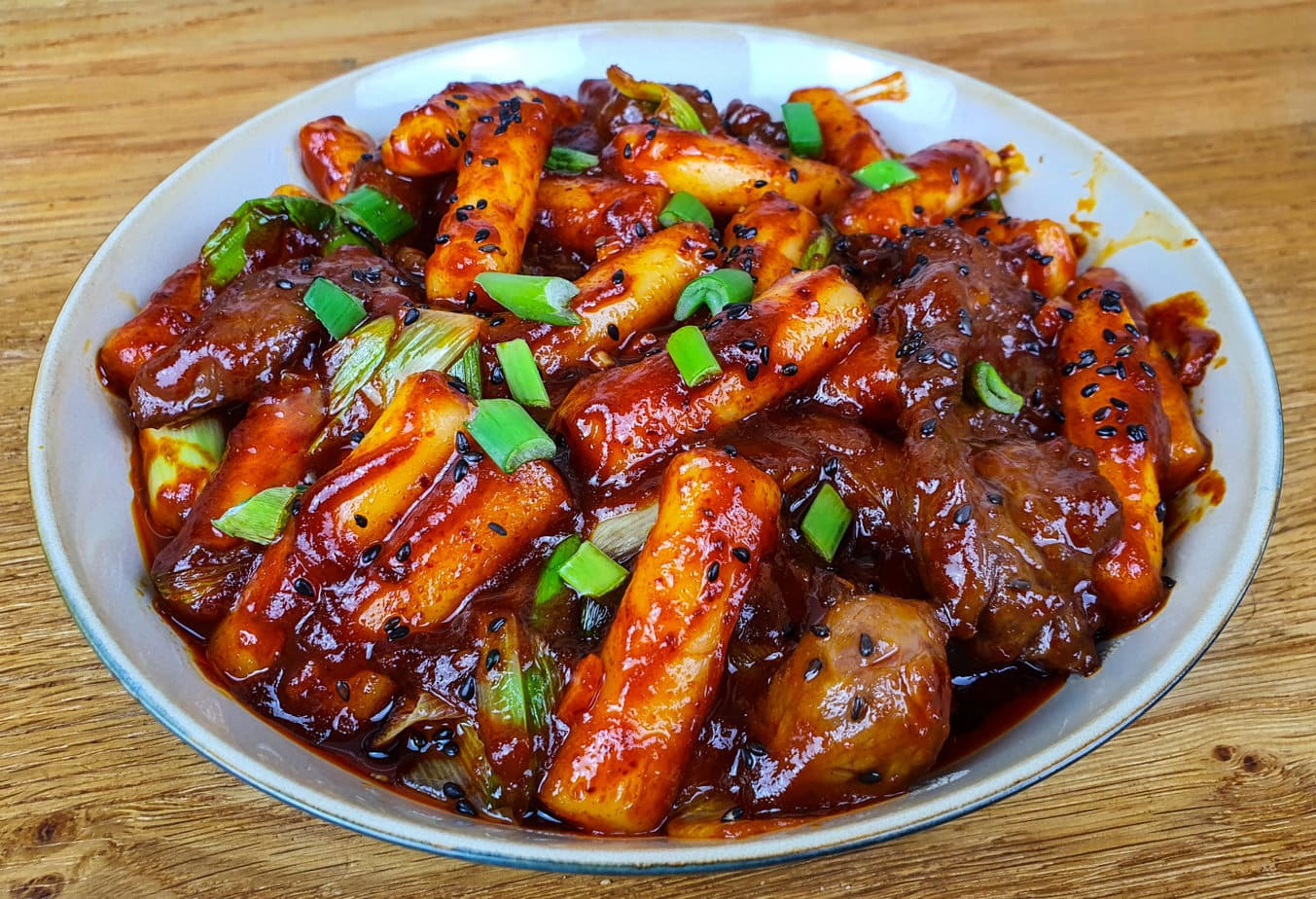
Dangmyeon (sweet potato noodles/glass noodles)
These clear noodles are made with sweet potato starch, which gives them a pleasant and soft texture. Dangmyeon are usually mixed with vegetables and meat to create the famous and highly regarded Korean dish: Japchae.
Even though you’ll find Japchae in many places in Korea, it’s a surprisingly difficult dish to make! (Yes, even for me, but I’ll give you a little recipe soon)

When they’re not mixed with vegetables, you’ll frequently find dangmyeon in beef rib soup, hot pots, and even some salads, or served as banchan alongside a bibimbap. With their very mild taste, dangmyeon can be integrated into any dish, they’re very versatile. (So, not just in Korean cuisine)
Napa Cabbage or Chinese Cabbage
This vegetable is undoubtedly one of the most important ingredients on this list. Without napa cabbage, we probably wouldn’t have the kimchi we know and love. (And many Asian cuisine dishes as well…)
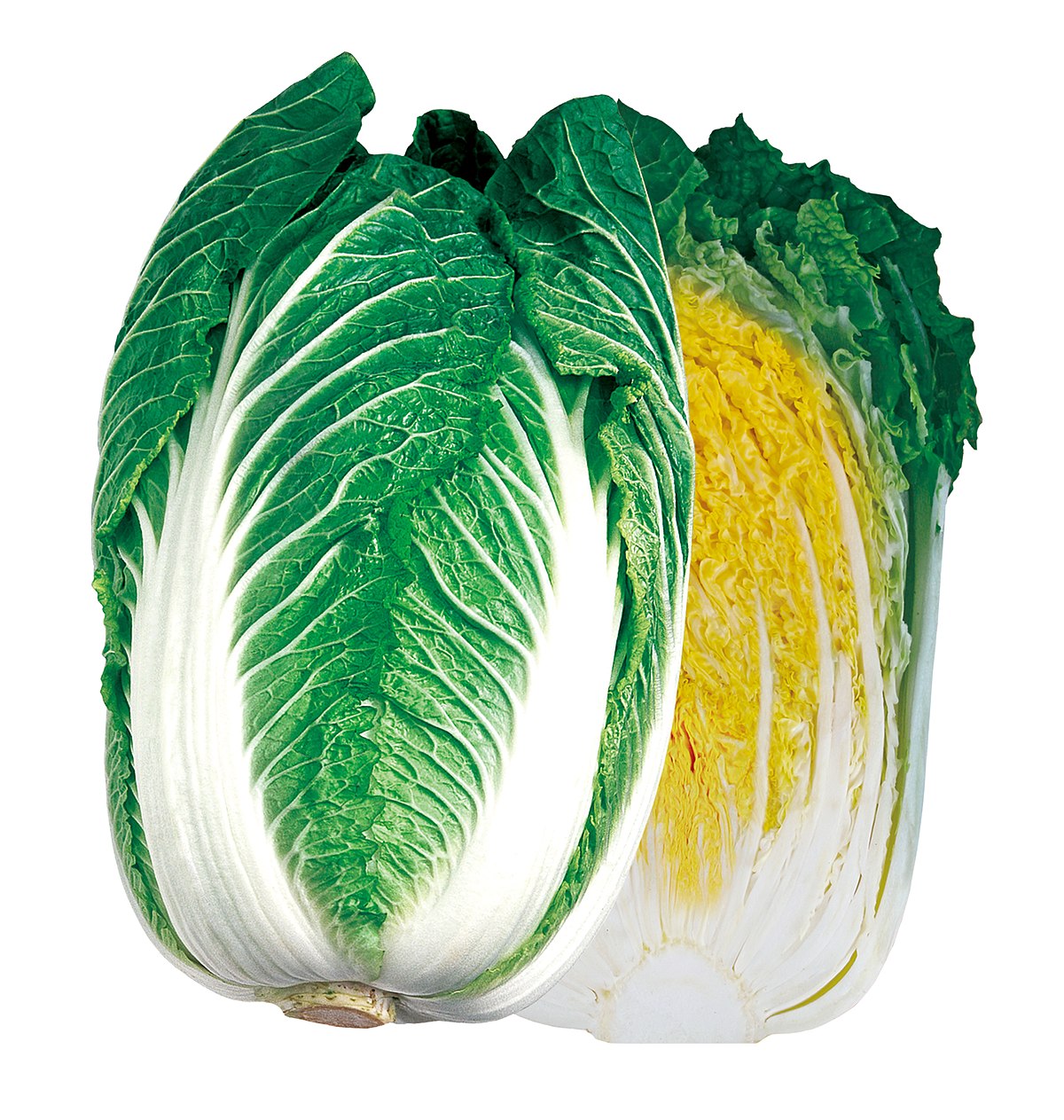
Chinese cabbage is most often used in Korean cuisine to make kimchi, but can also be used in soups, as a wrap for Korean barbecue with good bulgogi beef inside, or even sautéed (this last one is a killer as a snack) and in delicious vegetable pancakes. When buying napa cabbage, look for one that is nice and green and leafy without imperfections and with thinner leaves.
Very thick leaves mean a higher water content, and believe me, you don’t want that: it would give a ton of water in the wok when you try to stir-fry it or watery kimchi. To learn more, here’s my complete article on Chinese cabbage
DRIED ANCHOVIES
Koreans eat a lot of soups and stews, and most of these soups are made with broth (dashi). Most broths are made using large dried anchovies that produce a very intense umami flavor with a hint of saltiness.
This anchovy broth can be used in soups like Doenjang Jjigae, and even non-soup dishes like tteokbokki (spicy rice cakes). It can also be added to enhance an existing broth like that of Samgyetang

If you’re not a soup fan, no worries! Small and medium anchovies can be sautéed and served as a side dish. Some are mixed with gochujang and others are fried with peanuts.
Obviously, there are many other essential ingredients in Korean cuisine, these are just some of the most commonly used ones.
Have you ever tried cooking with these ingredients? Let me know in the comments if you use them! Maybe next time, it will be after seeing one of my recipes like this Korean fried chicken.
- Lotus roots are widely used in Korean cuisine, they make delicious braised lotus roots
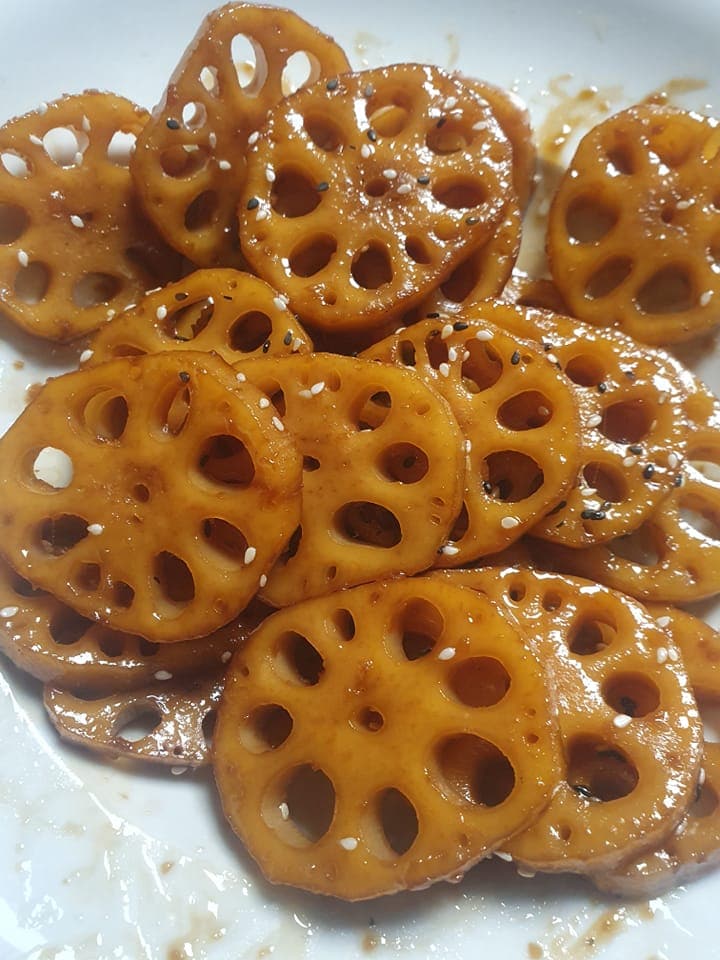
Banchan
Typical Korean cuisine includes what are called Banchan, roughly speaking, side dishes. Among these, sesame spinach or Korean bean sprout salad are extremely popular
Korean Desserts
It’s true that I haven’t mentioned many Korean desserts, yet there are plenty! I’ll come back later to expand the article, but you can already check out my recipe for melon bingsu, mango bingsu or Korean mochi and the hotteok recipe
The use of yuja in tea or to top desserts is also very popular in Korea
